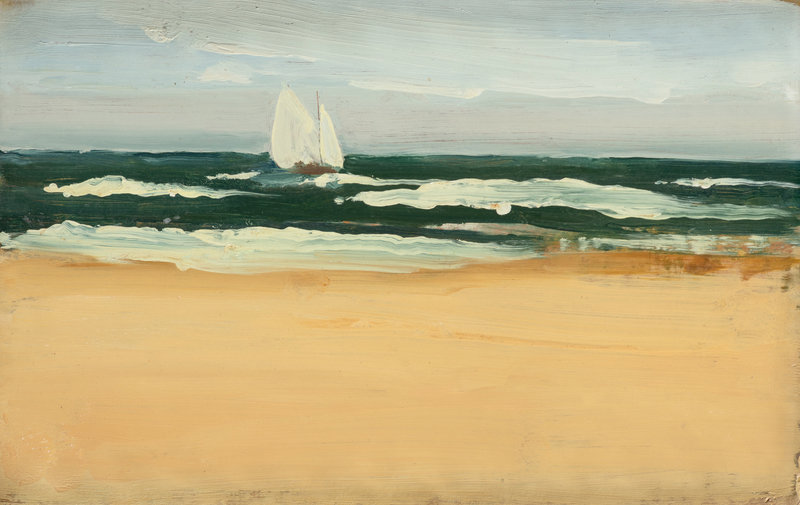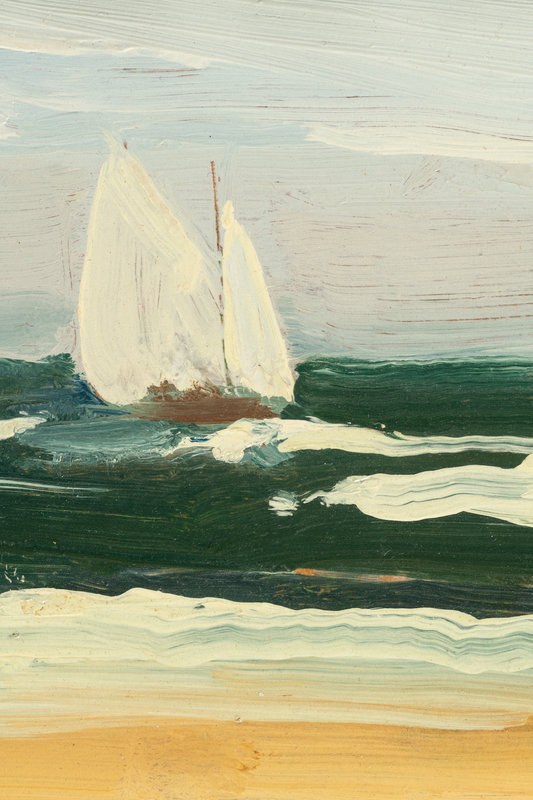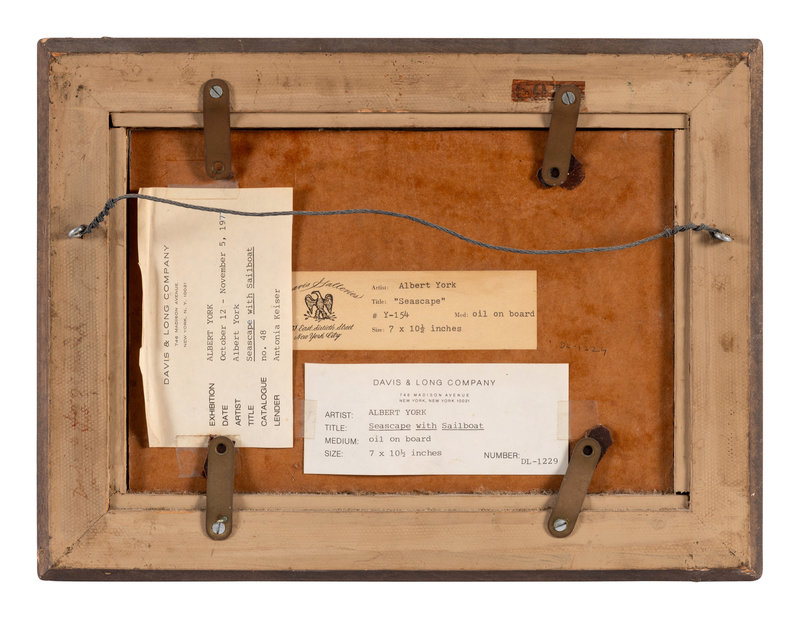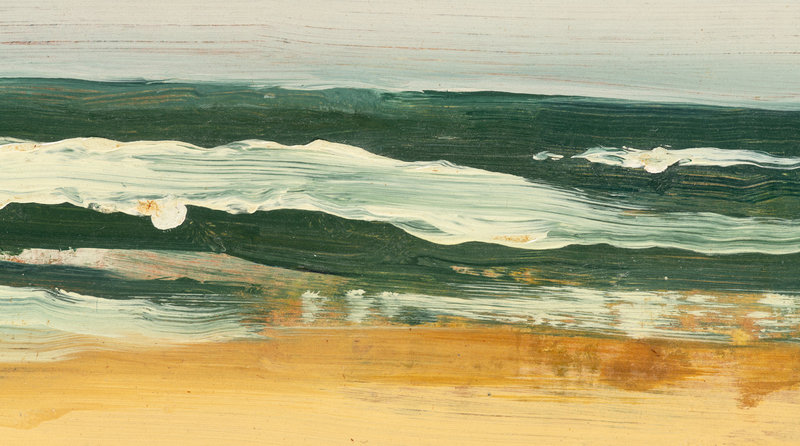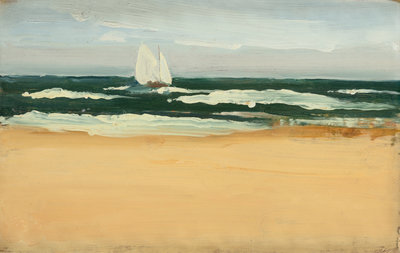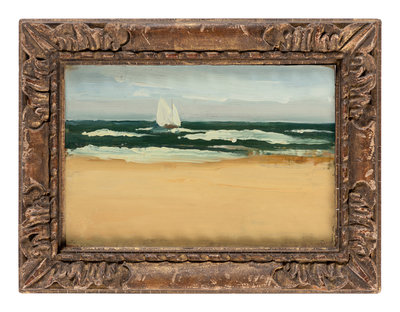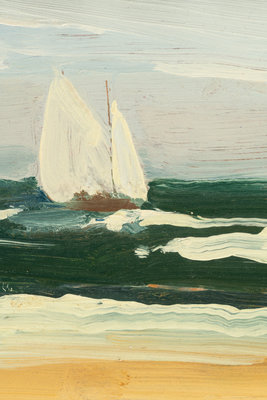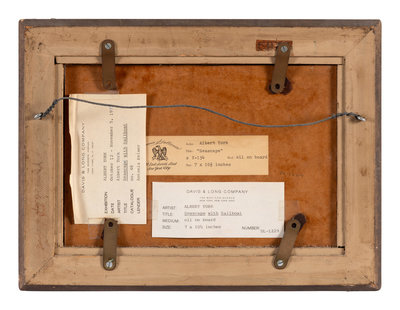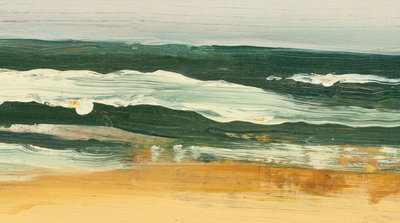Condition Report
Contact Information
Auction Specialists
Lot 67
Albert York
(American, 1928-2009)
Seascape with Sailboat, c. 1970
Sale 1283 - Canvas & Clay: The Collection of Judith and Philip Sieg, Bellefonte, Pennsylvania
Oct 26, 2023
10:00AM ET
Live / New York
Own a similar item?
Estimate
$60,000 -
80,000
Price Realized
$50,400
Sold prices are inclusive of Buyer’s Premium
Lot Description
Albert York
7 x 10 1/4 inches.
The Collection of Philip and Judith Sieg, Bellefonte, Pennsylvania
(American, 1928-2009)
Seascape with Sailboat, c. 1970
oil on board
7 x 10 1/4 inches.
The Collection of Philip and Judith Sieg, Bellefonte, Pennsylvania
